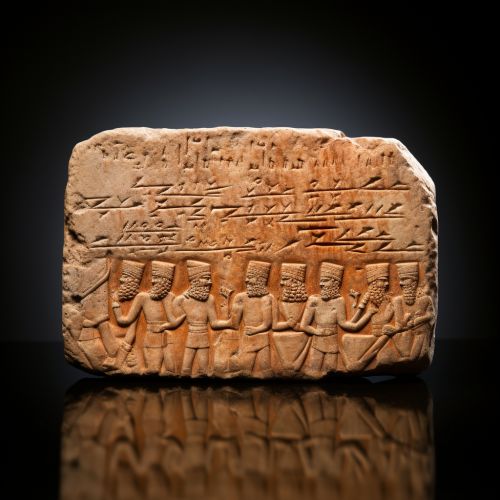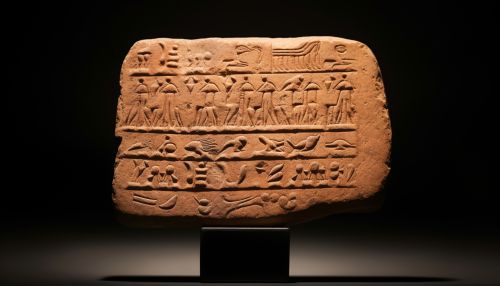Cuneiform script
Origins and Development
The cuneiform script is one of the earliest systems of writing, developed by the ancient Sumerian civilization of Mesopotamia around 3200 BC during the Late Uruk period. The term "cuneiform" comes from the Latin word "cuneus", meaning "wedge", reflecting the wedge-shaped marks made by the stylus in clay tablets.


The cuneiform script began as a system of pictographs, where symbols represented objects or concepts. Over time, the pictographs became simplified and more abstract, and the script evolved into a system of wedge-shaped signs. This transition from pictographs to cuneiform is often associated with the shift from an agrarian to an urban society, as the script was used for administrative purposes, such as recording transactions, laws, and administrative decisions.
Structure and Use
Cuneiform is a logo-syllabic script, meaning it uses signs to represent both sounds (syllables) and concepts (logograms). The script is written from left to right and usually on clay tablets using a reed stylus. The number of signs used in cuneiform varied over time and from region to region, but it is estimated that early cuneiform used around 1000 different signs, while later versions used around 400.
The use of cuneiform was not limited to the Sumerians. It was adopted by the Akkadian, Babylonian, Assyrian, Hittite, and Elamite civilizations, among others. Each of these cultures adapted the script to their own language, adding new signs or modifying existing ones. This widespread adoption and adaptation of cuneiform demonstrate its versatility and effectiveness as a writing system.
Decipherment
The decipherment of cuneiform began in the 19th century and was a significant achievement in the field of Assyriology. The key to deciphering cuneiform was the Behistun Inscription, a multilingual inscription in Old Persian, Elamite, and Babylonian. The Old Persian text was the first to be deciphered, which then provided the key to decipher the other two languages.
The decipherment of cuneiform opened up a new world of ancient history and literature. Texts written in cuneiform include administrative records, legal codes, medical texts, astronomical observations, literary works, and religious texts. These texts provide invaluable insights into the societies that used cuneiform and have significantly contributed to our understanding of the ancient world.
Legacy
The cuneiform script was gradually replaced by the alphabetic script in the 1st millennium BC. However, its influence can still be seen today. The concept of writing, the recording of language in a physical medium, is one of the most significant inventions in human history, and cuneiform was one of the earliest and most influential systems of writing.
Despite its discontinuation as a functioning writing system, cuneiform has a lasting legacy in the academic world. The study of cuneiform texts continues to be a crucial part of ancient Near Eastern studies, contributing to our understanding of ancient languages, history, culture, and society.
